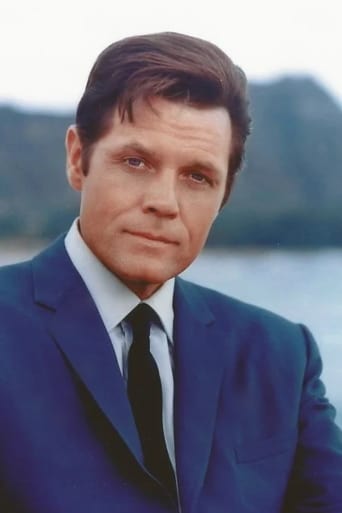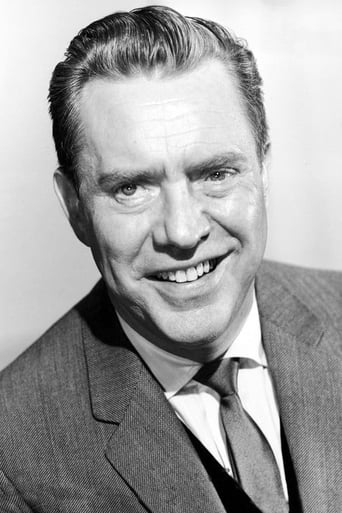kellyadmirer
Rod Serling, famous for "Twilight Zone," was one of the most gifted screenwriters in Hollywood. In addition to his two television series (the other the vastly underrated "Night Gallery"), he wrote the screenplays for classics such as "Seven Days in May" and "Planet of the Apes." His talent is undeniable and Serling deservedly is a legend."The Doomsday Flight" has the trademark Serling creepiness. Edmond O'Brien, another tremendously underrated Hollywood talent, carries the film with an eccentric but oddly winning performance of a man living on the edge. The cast is loaded with familiar faces such as Edward Asner, John Saxon, and Jack Lord, but O'Brien provides the tension this kind of film badly needs.Serling was something of an authority on airplanes. His older brother, Robert, was an esteemed aviation writer, and Serling himself was a paratrooper during World War II. So, he knew a lot about the aviation industry and the gaps in its security.The plot here is simple. A man places a bomb on a passenger plane (a fictional Boeing 797). It is set to activate when the plane ascends to a certain height, then detonate when it descends below that altitude. The plot is thus somewhat similar to that of Sandra Bullock's "Speed."The performances are gripping, especially for a television movie. Van Johnson as the pilot and Lord as a troubled FBI agent. The direction by William Graham is outstanding for a film of this type, and overall it is a quality production.There's a fatal problem with the script, however. Serling obviously knew all about pressure-sensitive detonators. They were developed during World War II for military applications. Such detonators do, as the script points out, detonate on air pressure changes at specific altitudes. So, when a plane reaches a certain altitude, they do intend blow up. The "arm after reaching the altitude and then detonate on the way down" is a minor complication.The problem with the script is that the pressure doesn't change in modern passenger aircraft. The cabins are pressurized. In fact, the cargo holds are pressurized, too. Pressure-activated detonators may work on World War II aircraft that weren't pressurized, but they wouldn't work on a "Boring 797" because the pressure inside the aircraft doesn't reflect the outside air pressure. Even if the cargo hold were not pressurized, there would be no way for the airplane crew to disarm the bomb because access to the cargo hold from the main cabin is impossible - so a ransom threat wouldn't work. Serling undoubtedly knew all that, but figured the audience wouldn't - and, undoubtedly, he was correct.Anyway, a well-made production that undoubtedly influenced the later "Airport" which began the entire "disaster film" craze of the 1970s (and there are some nice explosions in this film). Worth a watch, just try not to think too much about it.
Michael Daly
Think Rod Serling wasn't a Thunderbirds fan? Then check out this 1966 telemovie about an airplane with an altitude-sensitive bomb on board, programmed to explode upon descent - the plot is a direct inspiration from Thunderbirds' pilot episode "Trapped In The Sky."
filmnoir2001
One of the best made for TV films with a an incredible cast! Especially interesting to see Jack Lord as an F.B.I. agent (in essence he is playing a character similar to Steve McGarrett, 2 years before Hawaii Five-0!)& kudos for Edmond O'Brien's chilling performance. This film which was written by Rod Serling (written in between Seven Days in May & Planet of the Apes) was not seen for many years due to a real life incident that copied the plot of the film. This would make a nice double feature with Fate Is the Hunter.






